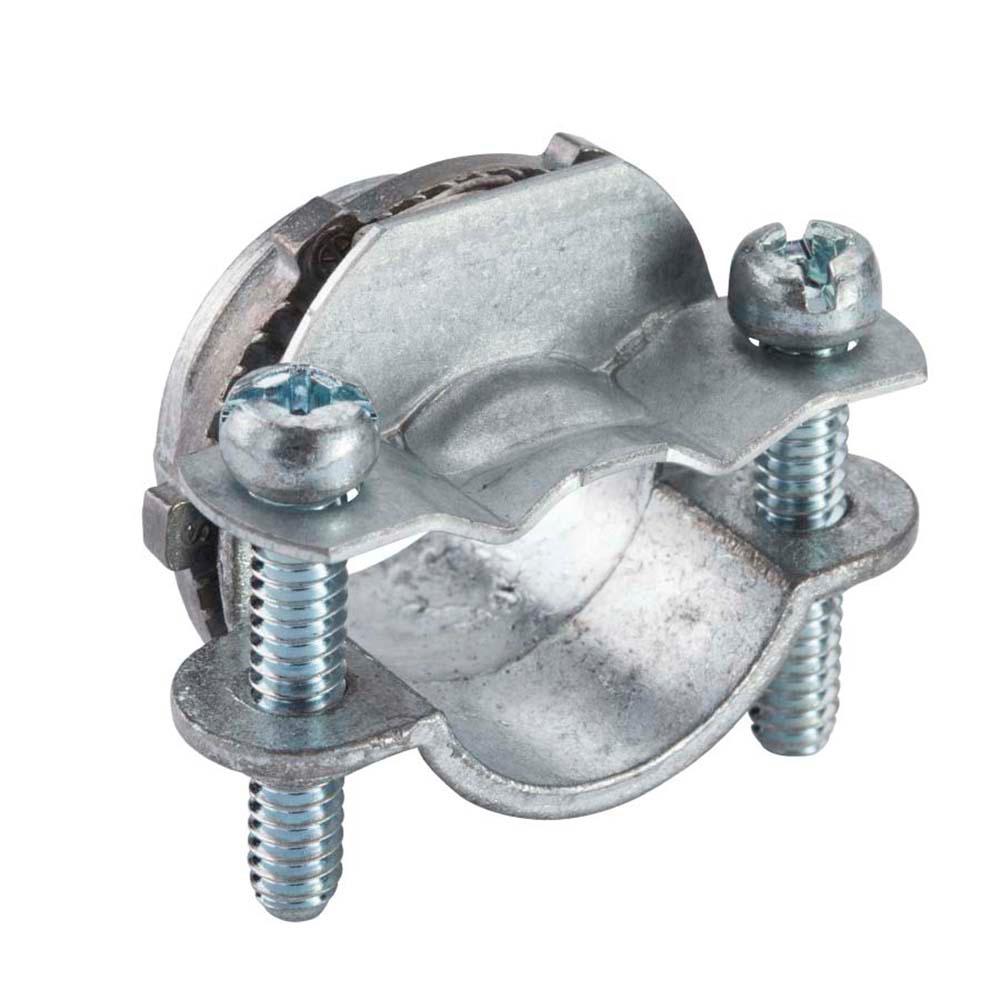Yes, you can--that's a common misconception.I don't think code allows you to run Romex in conduit due to heat dissipation concerns.
Wait a sec. That doesn't make sense. I get that it's not allowed exposed in wet locations, but then it would need to be inside the conduit to make it not exposed in the wet location. So I am pretty sure that romex inside the conduit would be fine for along the surface of a garage wall.I am not an electrician but my semi-in-depth research on this is that code DOES allow romex in conduit but nobody should be doing it. The reason people mostly want to put Romex in conduit is to run it outside or in a garage or some other location considered a "wet" location. Code does not allow Romex in "wet" locations even if it's in conduit.
I am very interested in this, because I plan to do a mixed wire run like this. My current circuit is just a 14-50 outlet a few feet directly below my panel. Since it was straight down, no need to go across studs in the wall--just poke the Romex straight down. But I want to replace it with a wall connector now. That is going to go higher and to the right on the wall surface, and I don't want to have to cut out a section of the sheet rock and drill through studs to run it sideways, so my plan was to get a longer segment of Romex, go straight down through the wall again to the place where the outlet was, and then come out into flex metal conduit to run sideways and up to where I will mount the wall connector. I was pretty sure that would be code compliant to run Romex part in wall and part in conduit.










